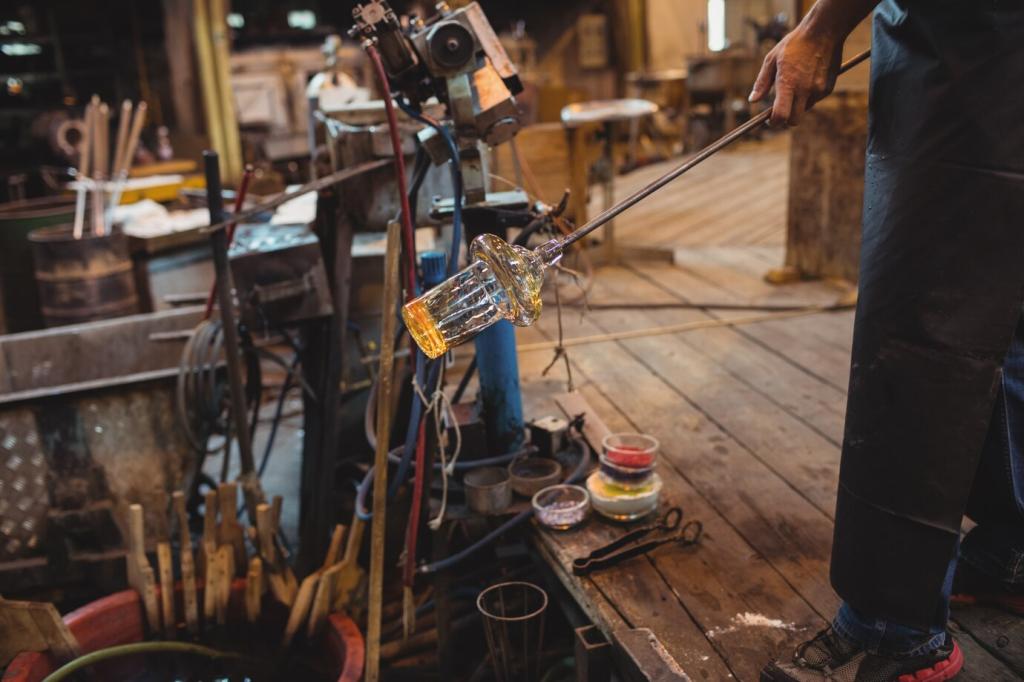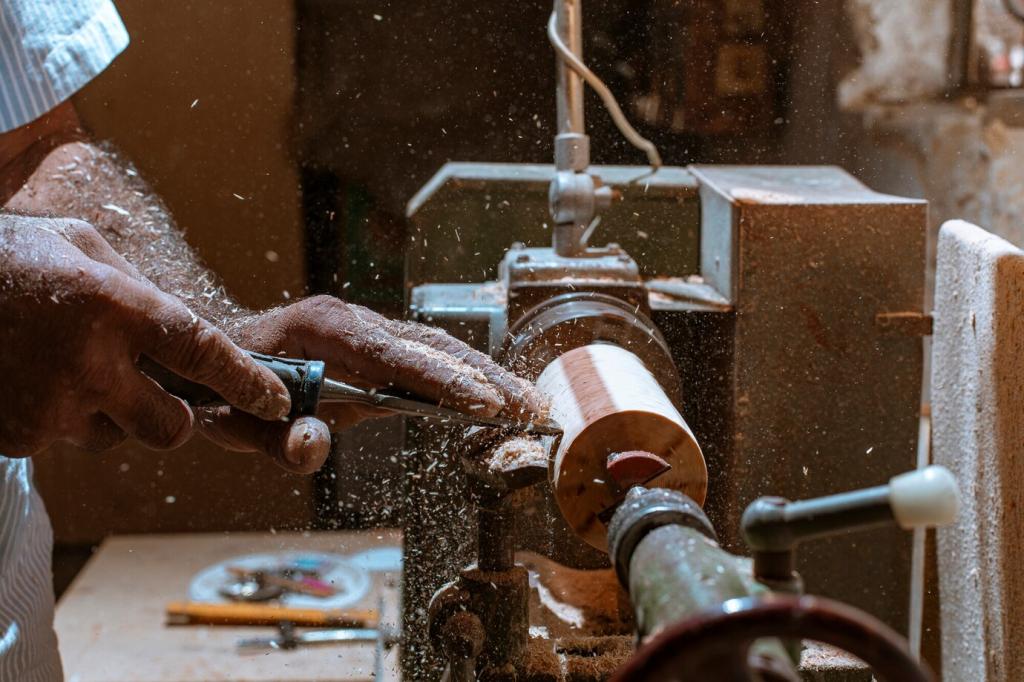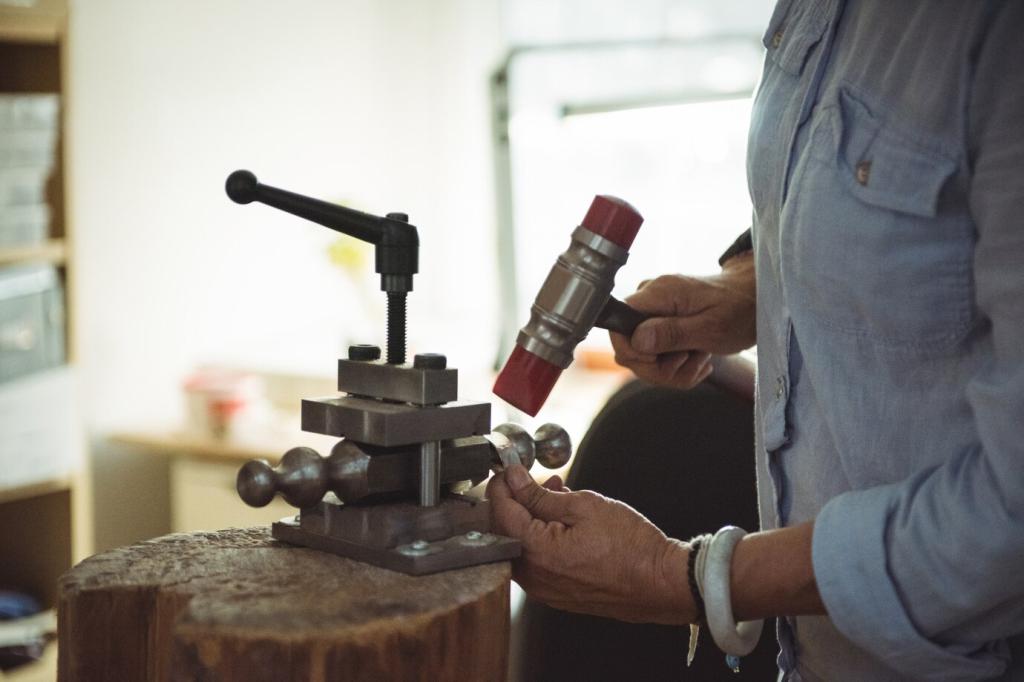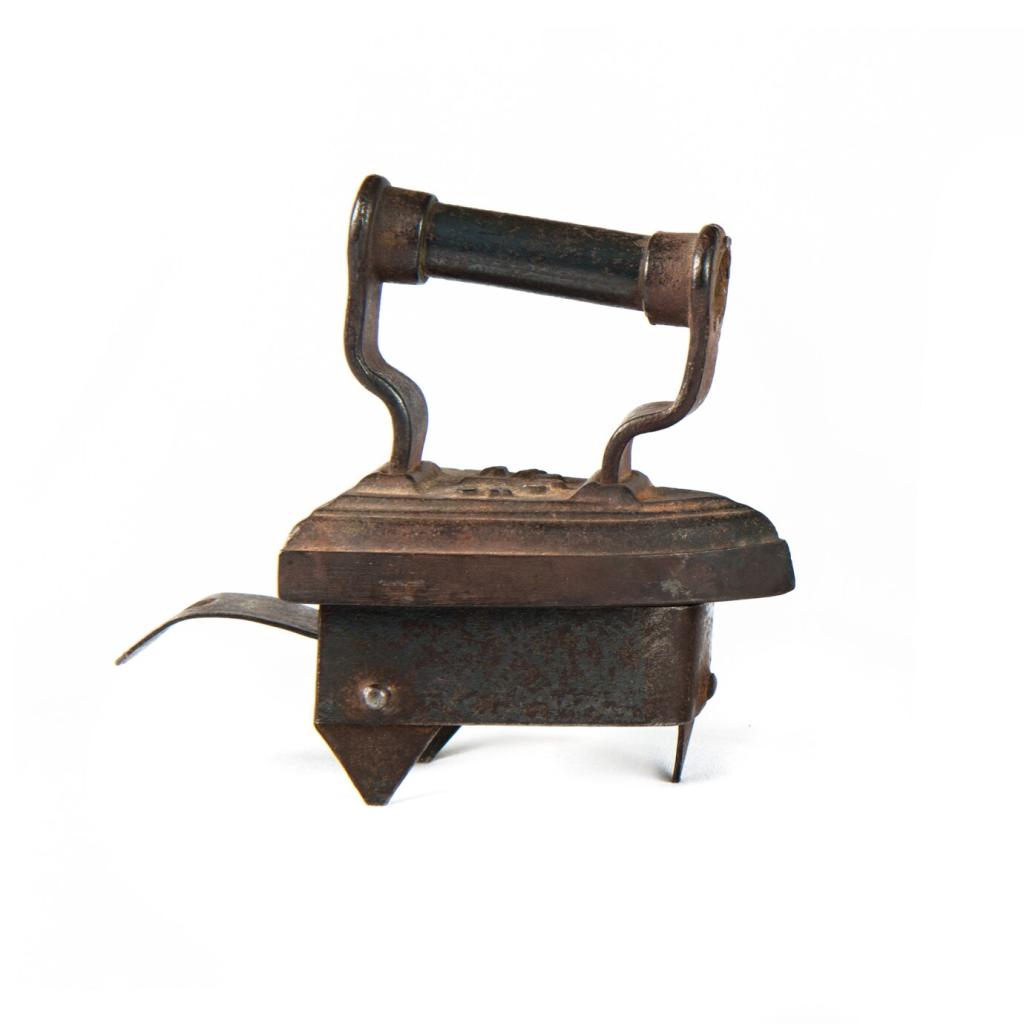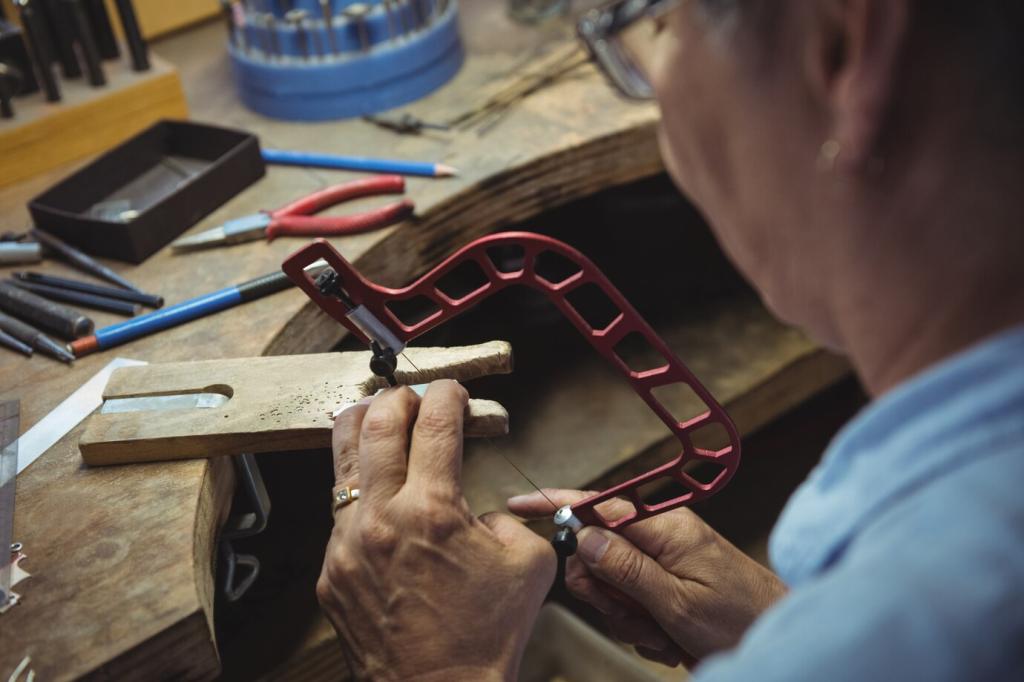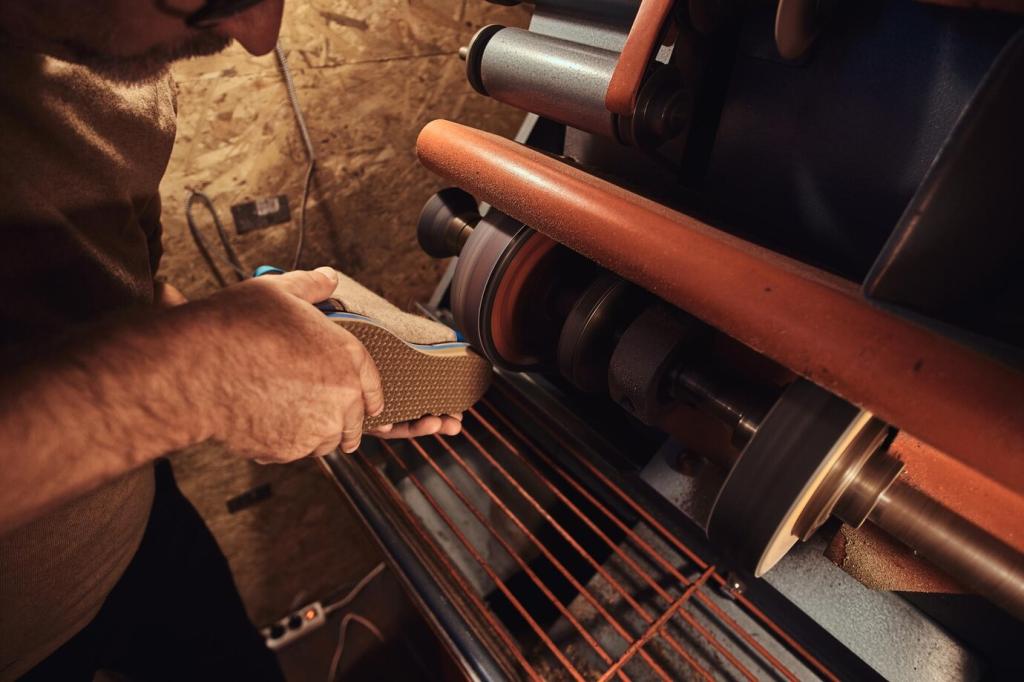Why Humidity Decides Your Antique’s Fate
Most mixed furniture collections fare best around 45–55% relative humidity, with gentle, gradual changes. This range helps reduce wood swelling and shrinkage that can crack joinery, lift veneers, or stress fragile finishes. Pair stable humidity with moderate temperatures, and you are already doing more for your heirlooms than any polish ever could.
Why Humidity Decides Your Antique’s Fate
Wood constantly exchanges moisture with surrounding air until it reaches equilibrium. Rapid swings force it to expand or contract quickly, risking splits and warps. Consider daily and seasonal trends, not just one reading. Slow, steady corrections keep fibers relaxed and joints intact, protecting both structural strength and delicate surface details.


